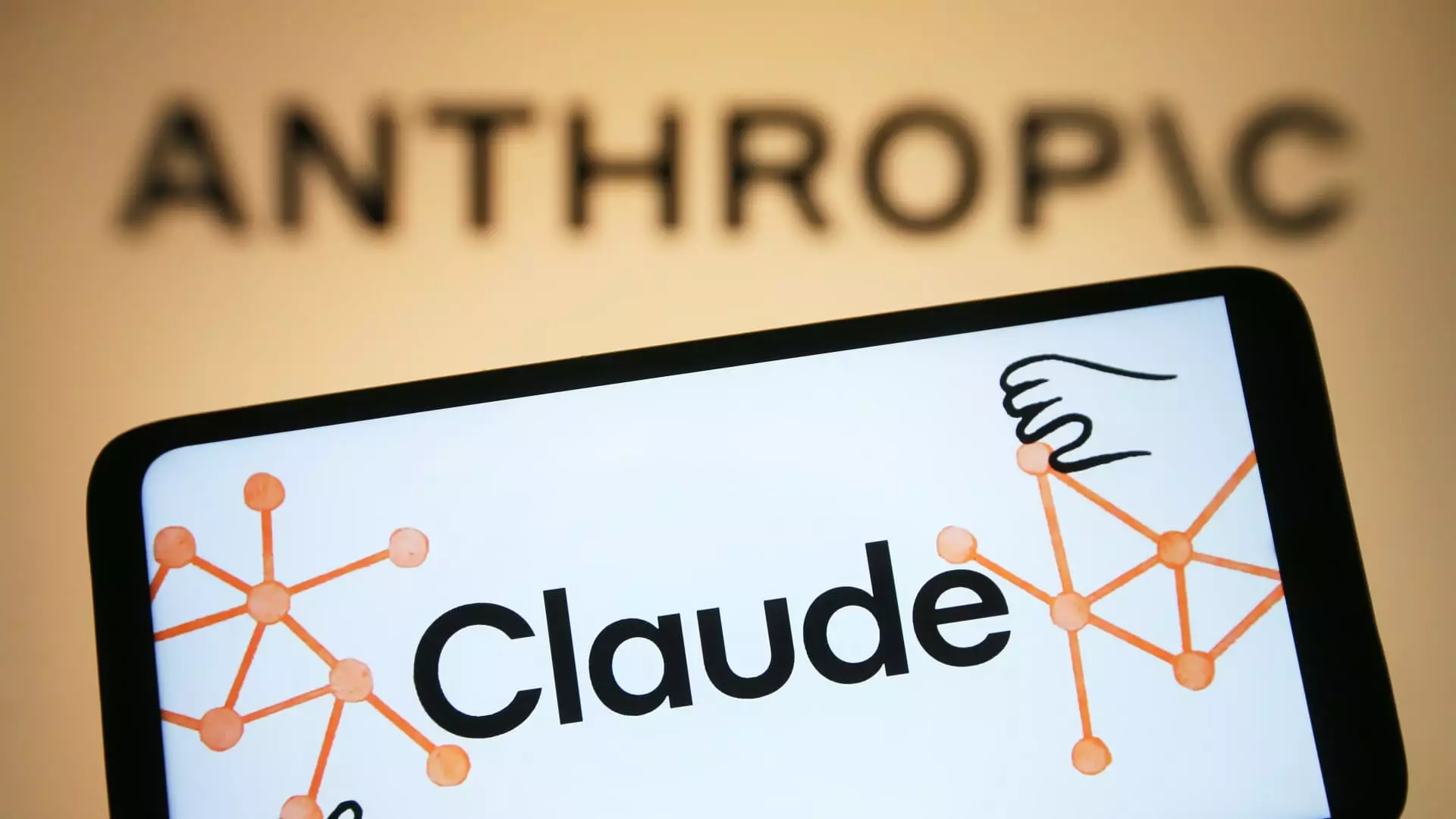The current landscape of artificial intelligence investing seems nothing short of spectacular, adorned with headline-grabbing sums pouring into industry giants like OpenAI and Anthropic. The narrative that emerges is one of relentless growth, hyper-valuation, and unprecedented capital inflows. From a macro perspective, this paints a picture of an industry poised to redefine our future. However, beneath the glittering veneer lie troubling signs that threaten the sustainability of this boom. Massive fundraises, such as OpenAI’s $40 billion round, signal confidence, but are they reflections of genuine innovation or just inflated hype? The truth is, the disproportionate focus and enthusiasm on these few titans mask a more sobering reality: a startup ecosystem struggling to translate investments into profitable, scalable exits. The illusion of limitless prosperity is possibly undermined by the stark gap between capital infusion and actual market returns.
The Disparity Between Investment and Exit Opportunities
Despite the eye-watering sums poured into AI startups—raising over $104 billion in just the first half of the year—the number of real-world exits remains surprisingly modest. Venture capitalists continue to throw money into promising-looking ventures, but the segment’s exit market is stagnating. The majority of recent outcomes are modest acquisitions or lower-tier IPOs that don’t reflect the staggering valuations behind these companies. For instance, the acquisition of EvolutionIQ and Slide Insurance shows a cautious approach to valuation realization; these deals, while noteworthy, pale in comparison to the valuations assigned during early funding rounds. The pattern emerging suggests that investors are more willing to fund the development of vertical solutions—often modest in value—rather than chase large-scale, transformative IPOs. This indicates an underlying misalignment: continued investment fueled by optimism, but a scarcity of follow-through in terms of lucrative exits, which are essential for a healthy innovation ecosystem.
The Myth of Continuous Growth and the Economic Reality
The trend reflects a broader economic distortion. Large corporations are conducting bolt-on acquisitions to bolster internal capabilities rather than pursuing transformative market entry, which is a more sustainable growth pathway. Meta’s multimillion-dollar investment in Scale AI exemplifies this—an estimated strategy to consolidate power and talent rather than genuine market expansion. The liquidity environment, characterized by high interest rates and macroeconomic uncertainty, further constrains large exits and IPO activity. The IPO market—once a herald of growth—has cooled, with only a few standout performers like CoreWeave. While CoreWeave’s valuation surged in the second quarter, this appears more like an anomaly rather than a new trend. Investors remain wary, their enthusiasm tempered by the gap between sky-high valuations and shaky return prospects. This disconnect reveals a fragile foundation for the AI industry’s bubble: investments are mostly speculative, with only a handful of companies positioned for genuine, large-scale market success.
The Critical Question of Sustainability
What does this mean for the broader industry? It exposes a critical flaw in the current model—the reliance on continuous infusions of capital driven by hype rather than organic growth. The surge in AI funding, particularly for vertical solutions that plug into existing enterprise gaps, is motivated more by strategic positioning than by genuine market demand. Companies are valued less for their current profitability and more for their potential to be bought or floated at inflated prices. This leaves the entire ecosystem vulnerable to a looming correction should investor confidence waver. Furthermore, other emerging sectors like fintech, crypto, and cloud software are experiencing notable declines, highlighting that AI’s current vitality is not universal but stemmed from a uniquely speculative frenzy.
In this overheated environment, skepticism is warranted. The AI industry’s narrative of unstoppable growth and innovation is overly optimistic. Large capital raises and stellar valuations are not necessarily signs of a thriving market but could be the symptoms of a bubble more fragile than it appears. While the potential of AI remains immense, the current climate suggests that the road to meaningful, sustainable exits is far from secured. A shift toward more pragmatic investments—focusing on profitability, market demand, and realistic valuation—may be the only way to avoid an inevitable correction in the overheated AI market. If the industry continues to prioritize hype over substance, it risks undermining the very innovation it seeks to promote, leaving investors and entrepreneurs bearing the costs of an unsustainable illusion.


Leave a Reply